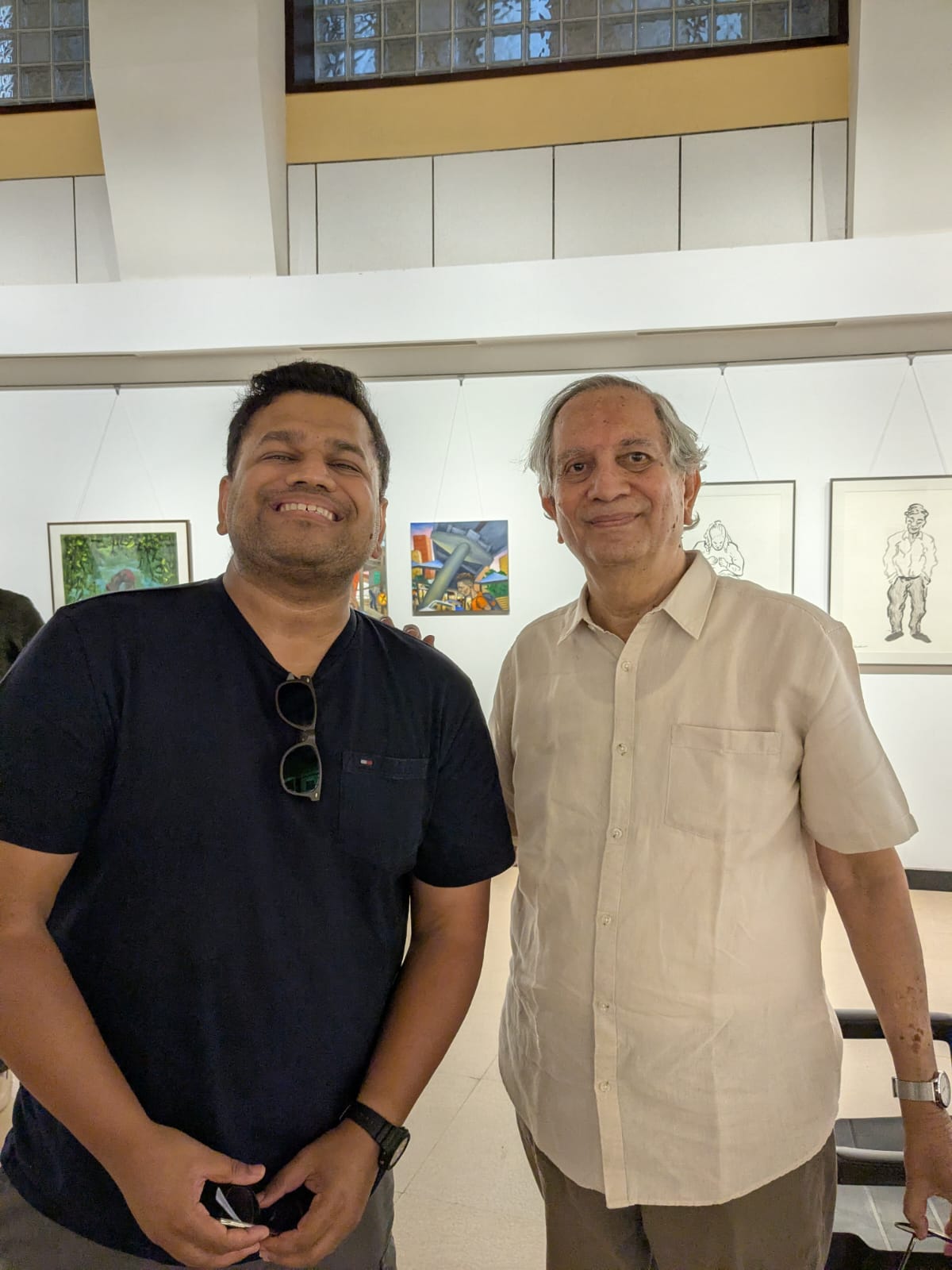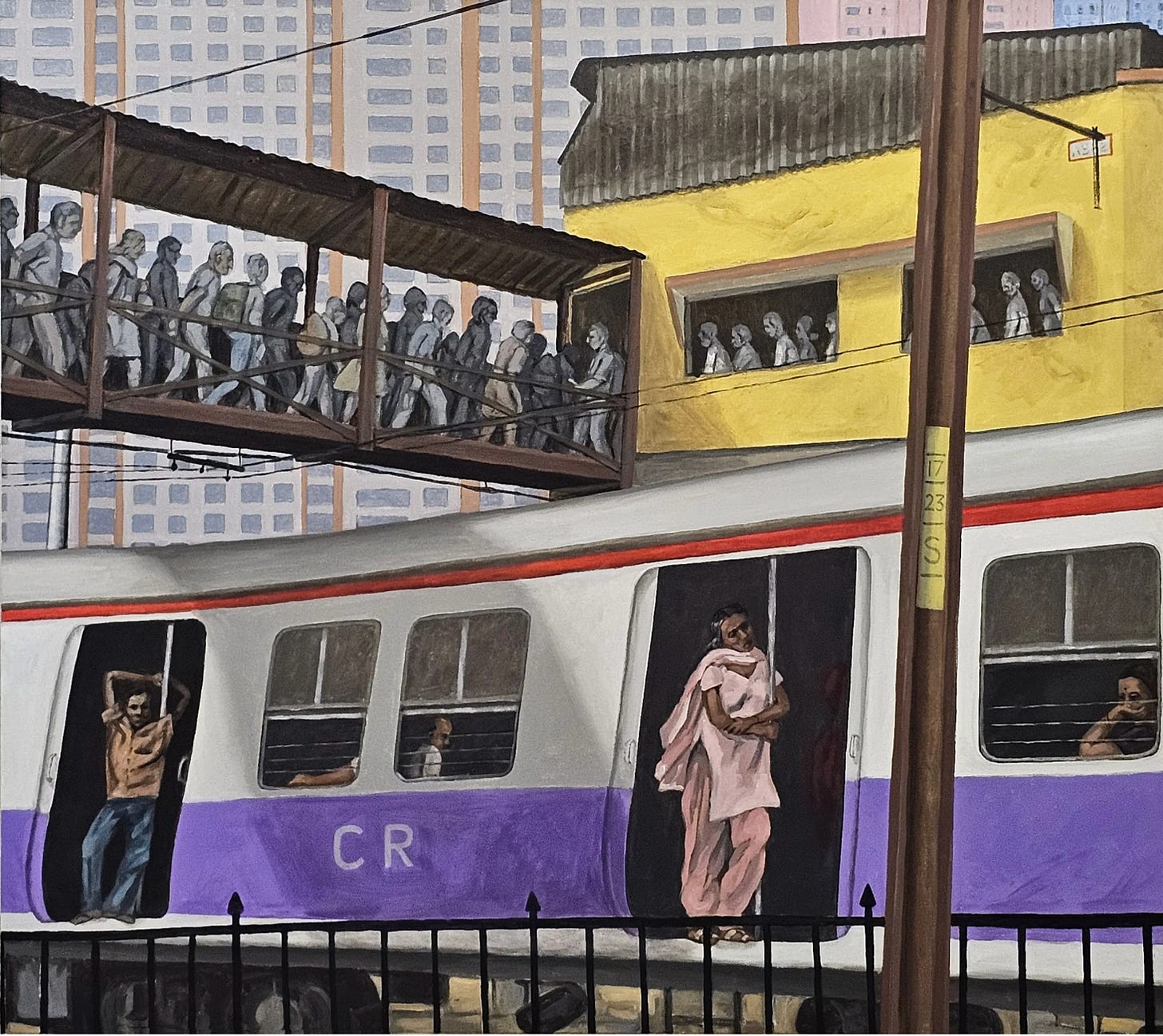I spent last week on the Konkan coast, the first half with family and the second at a photography workshop organized by Indrajit Khambe in Harnai - a small fishing village in the Ratnagiri district.
I’ve followed Indrajit’s work for a very long time and take inspiration from his documentation of his family, home and surroundings. It’s very felt - a sensitive exploration of the mundane. What emerges from these excursions is entirely beautiful. I was excited to be working with and learning from him in the field.
I arrived in Harnai, red-eyed, tired and unsure if I'd be able to take many photos. And even if I took any, if they’d be any good. There has been a fair amount of displacement in my life recently, and that has rendered me unable to properly channel any creativity.
But, as I reached Harnai Beach, in the dead-ass heat of the afternoon sun, I felt dazed and confused, yes, but also somehow instantly hyper-focussed. As if, to maximize taking in all the myriad details of the place, my brain had decided to make me forget that I was running on fumes. There are many adjectives one can use to describe Harnai - cacophonous, chaotic, crazy, colorful. It’s all of those things at the same time.
Boats are coming in from the sea. Men on bullock carts rush crates across the sand. Women are cleaning, slashing, cutting and arranging fish. There are auctions for the fresh catch, mediated also by a unique barter system where I am told one can perhaps trade things like green mango and jackfruit for a Surmai. Rickshaws are parked and waiting to bolt. Money is exchanged. Abuses too. This is a working system I don't have any access to, and I am left marveling at how it exists and functions - like a Newton's cradle balancing on a stick.
Amidst all this, there is warmth. I tried to be a fly on the wall here, but there aren't any walls. I found myself often conversing with people, explaining my presence and the presence of my camera. Once, over Vada Pav with thecha and sometimes when I was making portraits. I was welcomed into this world. I felt, a sense of relief and then almost a sense of responsibility. To stay true to the frenetic and industrious nature of the place.
I spent two days in Harnai, in which I visited the beach thrice, once approaching sundown and twice after dawn. There is pride in the way people operate here, in the way they dress, accessorize and move. It's rare to see people so entwined with a place, its geography and the trade. I hope to have at least captured some of this sense, a vibe, if you will.
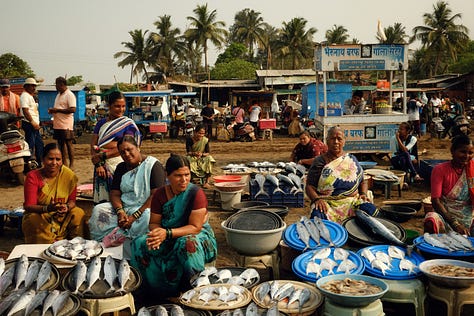


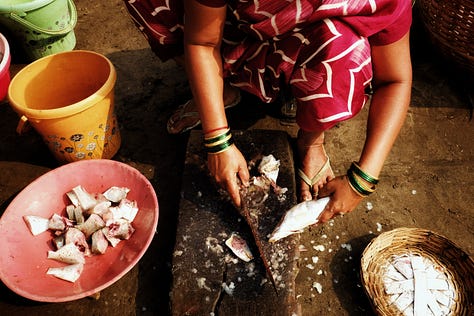

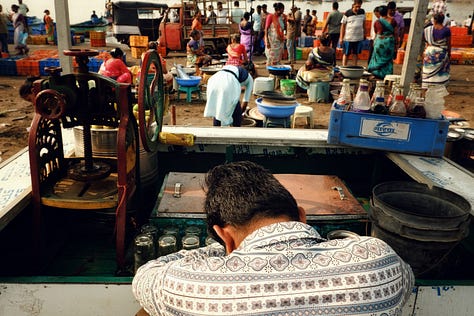
In one of my conversations with a fisherman, I was informed that a jetty was going to come up soon. He said it without much emotion, so I couldn't tell if he thought it was a good or bad thing. One thing is for sure: the action on the beach will be relegated to a more organized space. What is lost in this transition is a complex and nuanced subject I find myself out of depth to address. But, I'm glad I was able to bear witness to the place as it is, before it becomes something else - a ship of Theseus-like conundrum.
Wim Wenders made a film about Sebastian Salgado, a photographer who spent a lot of time documenting the lives of communities from across the world. The title of the film takes from an early quote from Salgado in which he refers to ‘people’ as the ‘Salt of the Earth.’ To see this realised in the flesh was a truly humbling and fulfilling experience.
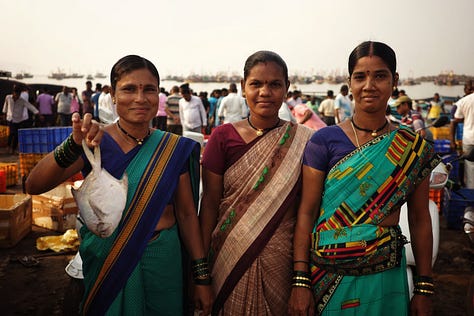
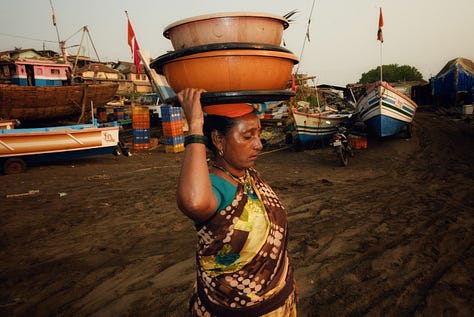

Reads (long or not)
I found the piece - Alice Munro’s Passive Voice, on Alice Munro’s continual ignorance of the sexual assault of her daughter to be horrifying and yet illuminating. It’s a long but rewarding read, meticulously researched and put together.
There’s a new Sally Rooney book (well, it’s hardly new anymore) - Intermezzo. As a fan of her writing, I read the book as soon as it was out and loved it. It might just be my favorite novel of hers (that’s saying a lot since I adored the hell out of Normal People). I think in her new novel, Rooney breaks new ground with her prose as well as the treatment of characters. I was rooting for and taken by the relationships at the heart of the book. Vulture had a nice profile of Rooney that is well worth reading if you are into her novels.
It’s not like I am always a sucker for contrarian takes, but they are often successful in widening ones understanding of any piece of media. Anora, Sean Baker’s new film, won the Best Picture Oscar and was widely acclaimed. I didn’t love the film and found this terrific piece by Marla Cruz, a writer and sex worker from Texas to be a nuanced take on the film and its superficial quality.
To Watch
I have raved about Achal Mishra before in this newsletter. He is one of the most exciting filmmakers in India right now, and I adore both his previous features - Gamak Ghar and Dhuin. His latest is a video-diaryesque film on Vinod Kumar Shukla, one of India’s greatest living novelists, called ‘Chaar Phool hai aur Duniya Hai’ (There are Four Flowers and there is the World). It’s dreamy and quaint. If nothing, it might urge you to pick up one of Shukla’s works. Like it did for me.
There are a bunch of new TV series for me to catch up on but one of the newer ones that I am loving is called The Studio. It’s a take on new Hollywood and has a very Birdman long-take talking drum beating kind of energy. A slightly funnier and zanier treatment of a similar topic is in The Franchise, which I caught on a long flight.
A film that was watched by very few but deserves to be watched by many more is Girls Will Be Girls by Shuchi Talati. It’s a take on the coming-of-age story, but the treatment is raw, and Shuchi’s depiction of the complex and evolving nature of desire and its entanglement with teenage angst is really admirable. The film also features a superb performance by Kani Kusruti, who gave a lovely performance in All We Image as Light.
To Listen
I discovered the song ‘Baanware’ from Coke Studio Pakistan S10 in a quiz recently and listened to it everyday since. The Pakistanis have mastered the rock-fusion approach in Coke Studio. This song is a great example.
I recently discovered Kintu Parantu, a podcast by independent journalist, Sheeba Aslam Fehmi. Sheeba is a terrific interviewer. She gives her guests the space to think and speak and often makes pointed interjections. I really enjoyed her episodes with comedians Punit Pania, Masoom Rajwani and Sanjay Rajoura.
Sudhir Patwardhan is one of my favorite artists of all time. I always find inspiration and lessons in who he chooses to paint and how he chooses to paint them. I was lucky to make it to an exhibition of some of his newer work at the Jehnagir Art Gallery in Mumbai ,where I even met him! Here’s photo evidence followed by his brilliant painting titled Aspire.
Hello after a very long time. While I haven’t written much for a while, I have been taking a lot of photos. I put them into collections and post them regularly on Instagram. If you want to see uncropped photos from Harnai, please get in touch, and I’d be happy to send you a link to the collection.
My friend Sanjana Ramachandran has a new book out called Famous Last Questions. It will surely contain some cutting-edge analysis of our culture and society at large. Do check it out, and if it's your sort of thing, order it from wherever you buy books.
Thanks for reading this edition of the newsletter. This newsletter is a potpourri of random thoughts littered with recommendations galore. If you liked reading it, consider subscribing to it and sharing it with friends. Also, this newsletter tends to appear in Gmail’s Promotions tab. Consider filtering it to your Inbox for easier visibility.
Follow me on Twitter and Instagram. I’d love to hear what you think about the newsletter. Don’t hesitate to get in touch if you think there is something I could do better or just to say hi.


